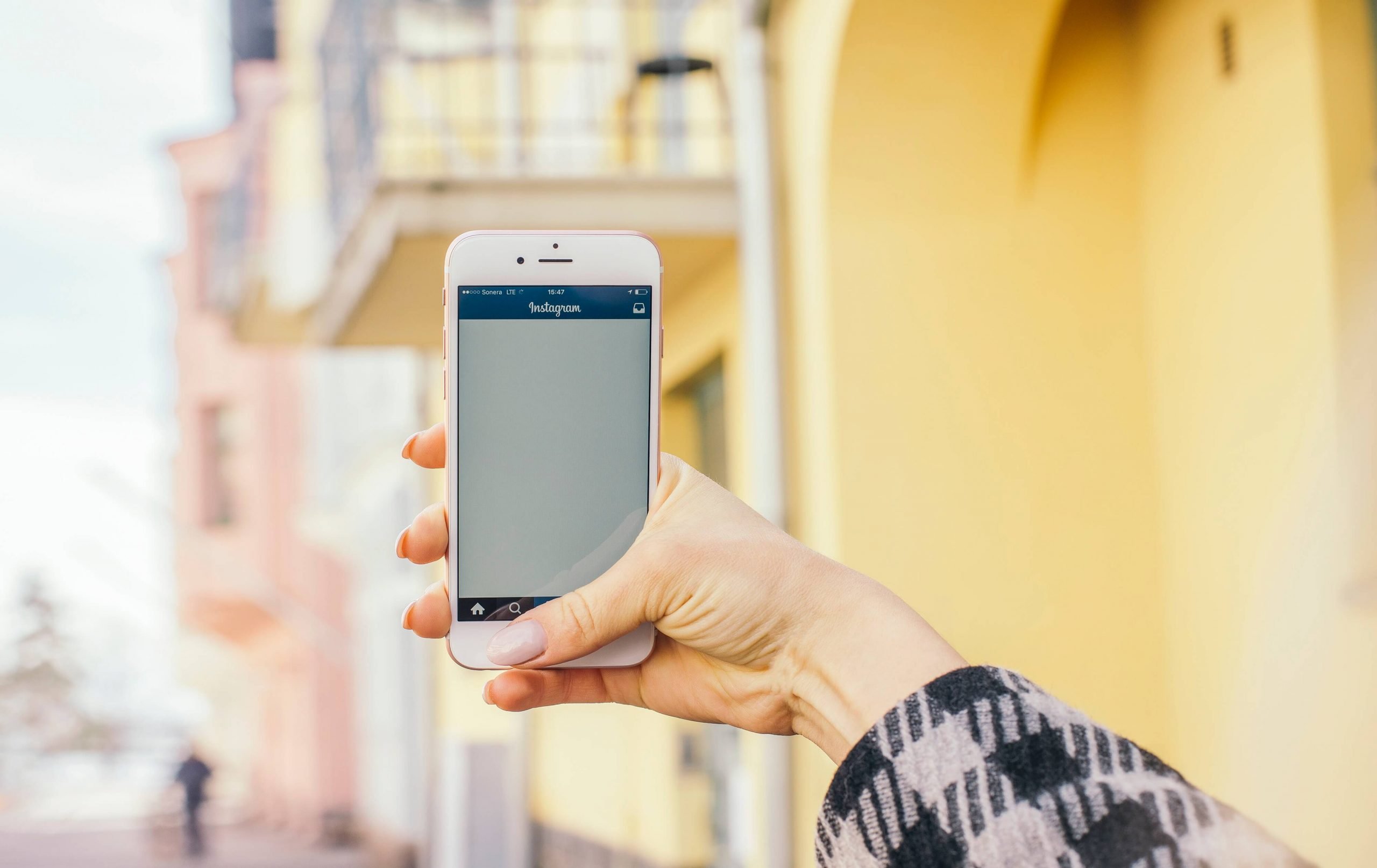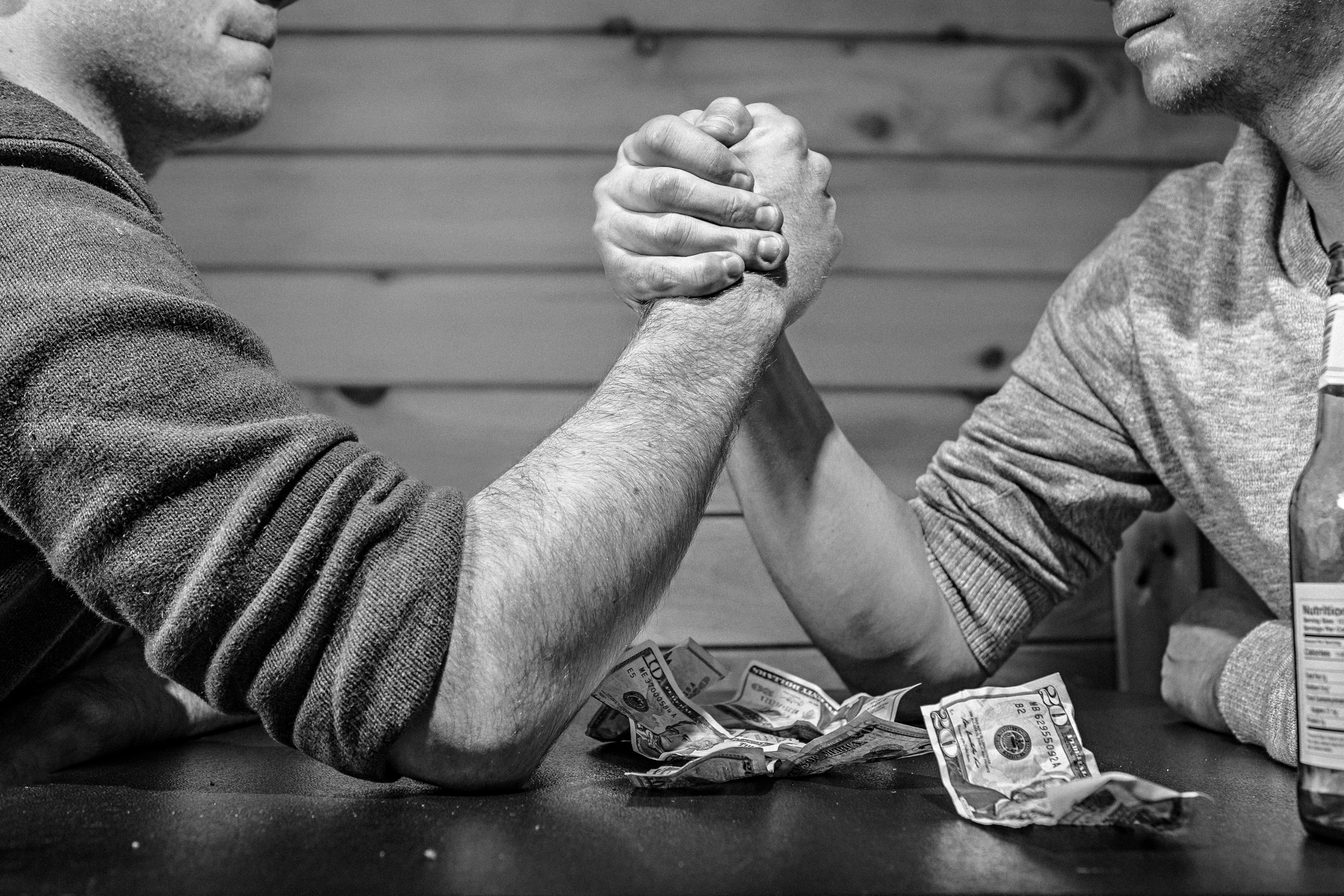
Why your influencer marketing and brand ambassador program isn’t working and it’s probably your fault
Shortly after that, I was accepted into Evolv’s climbing team, followed by long-term relationships with Columbia Sportswear, Discrete Clothing, Pret Helmets, Mountain Standard, and more than several “one-off” partnerships with other brands.
Influencer marketing has come a long way since 2012. Back then, “we” were happy to get the gear and associate our personal brands with upper echelon brands in the industry.
Then things started to change. Influencers started demanding reimbursement beyond free product. Brands needed to start developing separate budgets to attract influential…..influencers. And my personal theory is that the brands themselves are in part to blame.
Why it all got so expensive
Before I, and many many many many others, started negotiating monetary compensation for access to our web traffic and social media spheres, a typical negotiation would go something like this:
Brand: Hi, David! You look like the perfect candidate to join our ambassador/athlete/influencer network. We’d like to give you “XX” amount of product for you to use and tell everyone about how well it performs. If you hit any snags, let us know if we can fix them before you post about it.
Me: Hi, Brand! Wow, I’m so honored you discovered me and think I could help you. I’d love, love, love to tell your story. Besides free gear, will you be helping me cross promote my content? You have many many followers, and I’m just starting out. If you help me get more followers, then more people will see and share my content. Which of course spreads your word even faster!
Brand: Absolutely! We’d love to feature your work on our channels. Just send us the links and the content and we’ll be sure to post them at relevant times.
After blog posts and months of social media tags and mentions….brands FAIL to follow through with their end of the deal. In most cases, just trying to contact them ends up in silence.
That experience is not of my own. I’m well connected in the blogging, writing, and influencer sphere’s and this is/was a VERY typical relationship. For the cost of a t-shirt, or maybe a $150 item, the brand was getting tons of targeted and qualified leads sent their way, and “we” rarely even got a follower from them in return.
Pay for play

Not only did influencers start requesting financial compensation, but it also removed the goal of a mutual relationship to more of a “how much can I get / how little can we give” environment.
It was at this point when bloggers and influencers started realizing their own value. This is when we started realizing that $100 in product was actually worth a couple thousand to the brand. So, if compensation wasn’t going to come in the form of exposure and mutual support to build our personal brands, it seemed like money was the natural point of negotiation. The bigger the influence, the more the brand would have to pay.
This is a lose-win relationship
And the brand is the loser.
An influencer is just that. Someone that has a large digital presence. And now it’s someone that’s demanding, sometimes steep, compensation for access to their network. There’s no authenticity in that. How likely are their followers to click through and support your brand if you’re promoting on an irrelevant channel? For example, asking me to review traditional home goods. My followers follow me because of the outdoors and VanLife…not Saran Wrap.
You’ve just paid an influencer in real money (which is a lot more expensive that free-product-money) for little to no ROI unless they’re already positioned to fit your niche.
Asking too much for too little
Now that influencers know their worth, it seems unlikely that you’ll attract high quality ambassadors by asking them to join your program and then:
- Not even giving them a free starter package
- Forcing them to pay for your products so they can endorse them (albeit at supposed wholesale prices)
- Demand professional grade pictures, blog posts, and content for your use wherever you see fit (hint to influencers: website content should be paid out at higher rates that social media content)
- Not even credit them when someone complies
Certainly you’ll get people to apply to your program. Certainly you’ll get a few people that won’t realize they’re being taken advantage of. But absolutely, this is not a sustainable model for attracting the right kind of content and influence marketing you’re looking for.
How to run a kickass ambassador program in today’s environment

Create an advocate marketing program that benefits BOTH parties is the lowest cost and best case solution.
We can’t change the past, but brands can, and SHOULD, learn how to optimize within the current environment (and hopefully improve it).
BIG GIANT PRO TIP TO BRANDS READING THIS: It doesn’t have to cost a ton of money!!
As my friend, and social media marketing GENIUS, Adam Buchanan calls it, you want Advocate Marketing.
Advocates are people that are already using and advocating your brand. These are your true fans. These are the people talking about you without you asking them to talk about you. An influencer nowadays is nothing more than paid advertisement in disguise (and Google and Facebook are cracking down on this).
The Influencer vs. Advocate psychology
This is important because you need to know what drives these two very different types of people. And the same person can actually be both things.
Not to sound shallow, but influencers are kind of, more or less, in not so many words, after social media fame and money. I’ve heard unconfirmed but close-to-the-source rumors of some influencers with hundreds of thousands of followers demanding 5-figure compensation just for 5 Instagram pictures and mentions.
On the opposite end of the spectrum, an advocate is absolutely just tickled pink that their favorite brand has recognized them and reached out to them with a personal message. You can get away with sending them some free product and testing the waters to gauge your ROI at first because if you send them free product, they WILL talk about it.
If you decide to move forward by welcoming them into your family, you absolutely cannot abandon them after your first and one-time partnership (I call this the honeymoon phase).
Fostering a long-term relationship and creating an army of #1 fans
It’s so easy.
Firstly, outline your program and stick to it. If you tell your ambassadors you’re going to promote their content, promote their content! Rarely do I see brands do this once the 2-week honeymoon phase is over. Then go above and beyond. Don’t just promote the content that directly mentions your brand, promote ALLLL of their content when it compliments your brand’s message. This not only builds the relationship with your ambassador and hugely grows their personal brands, but it also shows your fans that your official brand accounts aren’t just another machine for selling product.
Secondly, I believe in compensating your advocates as well. This means having an open door policy for individuals to approach you with ideas and projects outside the general outlines you’ve defined above. And when you have a mix of ambassadors (some with 10’s of thousands of followers and some with only a hundred), do not, I repeat, DO NOT tell the one with a hundred followers “there’s no budget” but then fund a similar project with the ambassador that has the 10’s of thousands 2 weeks later. Not only have you just said that “we only care about the number of likes and followers you have,” but you’ve just lost an advocate too. All you had to say was,
“We think it’s a great project and we love the message you send to people, however the cost to us is much greater than the return we would get from your exposure. Let’s work together on some smaller projects, build your followers, and then we can look at bigger projects in the future. Sound good? Here are some ideas for you to think about…”
Thirdly and lastly, make sure you have time to do the first two things properly. When you do this correctly and have an army of rabid advocates just waiting to pitch you on their next big idea, you’re going to be pulled in a million different directions.
You’re going to have to schedule their posts along with your posts. You’re going to have to determine which content should go on which platform (they are not all the same). You’re going to have to do budget analysis. You’re going to be updating their information. You’re going to be sending gear. You’re going to be strategizing which direction to steer your advocates.
“Being an Advocate/Influencer/Athlete/Ambassador Manager is a full-time job.”
I’ve been a part of programs where the manager was also asked to other things within the company. When that happens, they can’t focus on managing the ambassadors. When you don’t manage the ambassadors, you lose them. When you lose them, you have to start over or pay more (in some way) to get them back.
So if you have no plans to hire a full-time manager, I highly suggest that you either don’t create an influencer program that does more harm than good (influencers talk, you get a bad rep, no one wants to work with you — trust me!) OR only take on as many influencers as you can handle while juggling your other responsibilities.
Playing on both sides of the fence

As you’ve seen, I have been, and currently am, in several different influencer programs. Each brand has had its learning curves, growing pains, and mistakes, but if I’m currently representing them, it’s because they’ve done enough to keep me happy (and vice versa).
Because of my involvement and experience with influencer marketing since its accidental inception, I’m positioned to help you manage your program, get it started (do you know where your biggest advocates live? Tip: you already have access to them), or right a sinking ship.
I’ve done this with a former freelance client and created an advocate network with no budget simply by taking the time to get to know the influencers I reached out to and understand what drives them and their personal brand goals. Since then, I’ve not worked with the client, but I still see those same advocates posting about that brand with no reimbursement of any kind in return.
If it sounds like you could use my help, don’t hesitate to reach out and ask.
[contact-form-7 id=”714″ title=”Blog Post – Influencer Marketing”]